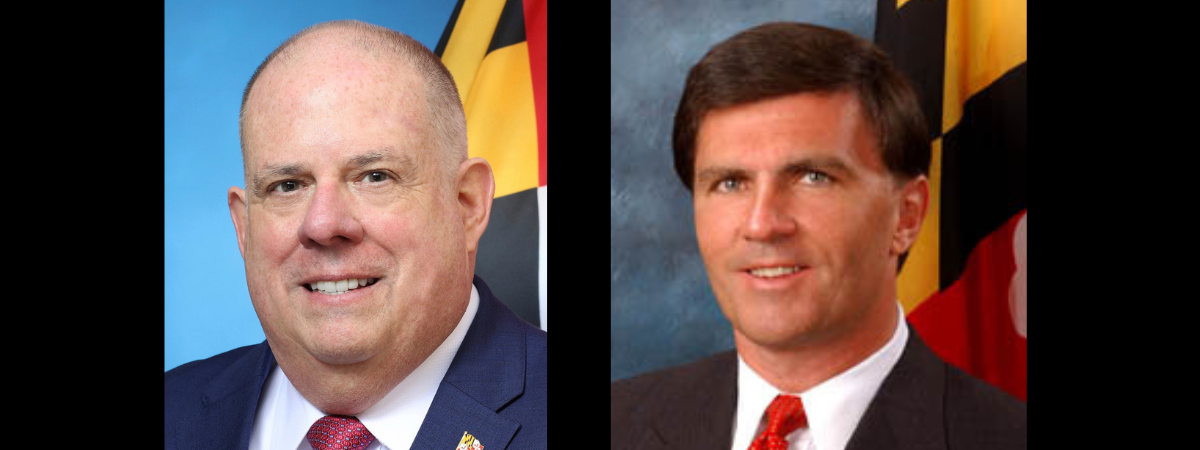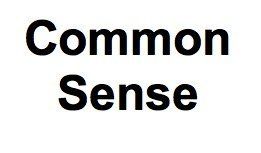Legal Gray Areas Hinder Police Watchdogs

Three years after state lawmakers celebrated the passage of the Maryland Police Accountability Act, the rollout of the new police oversight systems has proven slow, inconsistent and rife with disagreements about how to implement the new oversight process — challenges that frustrate critics and administrators alike.
But the Maryland General Assembly has shown little appetite for revisiting the law, leaving many of the unresolved questions about the new police oversight systems in the hands of local governments.
A Capital News Service investigation revealed that roughly a quarter of Maryland jurisdictions did not get their police oversight systems up and running before the July 2022 deadlines set by state lawmakers. The new oversight bodies in Baltimore City, along with Dorchester, Cecil and Kent Counties, did not meet until 2023.
Even in jurisdictions that did meet the deadline, some administrators have struggled to navigate ambiguities in the law. In one county, three people who submitted misconduct complaints later had to defend themselves in court against counter-accusations that they had submitted false reports and wasted police resources.
The 2021 Maryland Police Accountability Act outlined a three-tiered police oversight system that theoretically overhauled the state’s long-standing rules for police misconduct investigations and gave civilian bodies the authority to receive misconduct complaints, review police internal investigations and issue discipline. The reforms were the most prominent contribution by Maryland lawmakers to a wave of police oversight reforms nationwide in the wake of the murder of George Floyd by a Minneapolis police officer a year earlier.
Maryland House Majority Leader David Moon, D-Montgomery County, was a member of the Maryland General Assembly’s police reform and accountability work group and a leading voice of support for the Police Accountability Act in 2021. He says state lawmakers generally expect local governments to be proactive in making the new police oversight systems work, though he doesn’t always endorse that approach.
“If there are real issues, of course, the state can step in for clarification, but we are essentially still in the early stages of allowing the implementation to flow through local governments,” Moon said.
Police Accountability Boards, or PABs, form the foundation of the new system. The boards are responsible for receiving civilian complaints and passing them to the appropriate law enforcement agency for an internal investigation.
State lawmakers set an unenforced timeline for the creation of new county-level police oversight agencies: each jurisdiction, including Baltimore City, would establish a PAB by July 2022, and each PAB would release an annual report on its activities that year.
But a half-dozen counties struggled to stand up their PABs and to refer complaints for investigation before that deadline, generally because of administrative barriers, a shortage of volunteers, or simply the scale of the task.
Moon says that state lawmakers anticipated those setbacks, but opted to set a shorter timeline to establish the new oversight bodies rather than stalling the process on behalf of smaller jurisdictions. “We ultimately decided to force the implementation process along, even if there were delays and hiccups,” he said.
In many counties, a lack of outreach and preparation meant that positions on the boards “often went to people who were already in the loop,” said Yanet Amanuel, the Director of Public Policy for the ACLU of Maryland.
Those delays have come with consequences. Joshua Harris, the chair of Baltimore City’s PAB, says administrative red tape pushed back the board’s first meeting to February of last year, during which the city’s Office of Equity and Civil Rights accepted more than 300 complaints on the board’s behalf; the city did not form its ACC until July 2023.
“[By the time of its first meeting], our ACC already had a backlog of cases,” Harris said. “If cases are not reviewed within a year and a day [after they are submitted], whatever the police department’s integrity bureau decides is basically final. That could mean there are problematic officers that remain on the streets.”
Harris adds that the committee also continues to receive cases for review with little time to spare before the 366-day deadline, forcing them to rush their review or risk leaving the discipline to the discretion of the police department.
Meanwhile, county attorneys and PAB administrators elsewhere in the state have raised concerns that the rules for reviewing police misconduct and issuing discipline are riddled with ambiguities.
The Worcester County State’s Attorney’s Office’s decision to bring criminal charges against three people whose police misconduct complaints were deemed to be unfounded offers a prime example.
“The law does not currently provide protections for people who file complaints,” says Amanuel of the ACLU.
Worcester County has charged three people — including the first person to submit a complaint through the county’s PAB in 2022 — with filing a false report after submitting complaints about Ocean City police officers.
The Ocean City District Court has yet to side with the State’s Attorney’s Office on the matter; judges dismissed all three cases, arguing that while the complaints themselves were unfounded, they did not rise to the level of criminality.
“I have never seen a case where police bring a criminal charge against a person that wanted to be heard on their view of police conduct,” said Judge Richard Collins, who presided over the first trial, during his closing remarks. “I believe that it would have the effect of telling people, ‘don’t complain against the police because they might decide to make a criminal investigation of your differing opinions as to the conduct of these officers.”
Messiah Burrell, a Pennsylvania resident and the second person to face charges after filing a misconduct report in Worcester County, believes his experience calls into question the value of the new oversight system itself.
“I might have known what I was getting into,” he said. “I never got to talk to anyone on that [Police Accountability] Board. I only spoke with Ocean City Police.”
The Worcester County State’s Attorney’s Office did not respond to inquiries about the cases.
Worcester County Attorney Roscoe Leslie, however, identified other glaring ambiguities in the Maryland Police Accountability Act, including the definition of “police misconduct” itself.
The law defines misconduct as “depriving persons of rights protected by the Constitution, violation of criminal statute and violation of law enforcement agency standards or policies.”
“The way that it’s written leaves it open to the interpretation that you need all three – depriving persons of constitutional rights, violating criminal statutes and violating agency policy – to constitute misconduct,” Leslie argues. “I haven’t taken that interpretation, but it’s still possible.” The Prince George’s County PAB raised similar concerns, and the Maryland Attorney General’s office stepped in last April to clarify that counties should use the broader definition of police misconduct.
Lawmakers in Annapolis considered one proposed change to the new police oversight system this year: a bill introduced by Baltimore delegate Malcolm Ruff (D-41) that would have granted the boards subpoena powers to conduct investigations concurrently with law enforcement agencies’ internal reviews.
Jim Gormley, a former member of Howard County’s PAB and a founder of the Howard County Police Accountability Task Force, argues that granting subpoena power would encourage boards to take a more active role in police oversight. At the moment, he said, most boards serve as a “mail box,” in part because of uncertainty about the extent of their role in recommending reforms.
“The state law says the PABs should work to ‘improve matters of policing,’” Gormley said. “What does working to improve policing actually mean? It doesn't mean nothing, but until we have a statutory mandate to take an active role, we're going to have a lack of clarity, lack of energy, and lack of drive towards accountability.”
Law enforcement advocates, however, countered that the ACCs already have subpoena power — whether or not they use it — and that adding another investigative step would over-complicate an already convoluted process.
“Across the state, we're talking about hundreds of cases,” Maryland Fraternal Order of Police President Clyde Boatwright told the Maryland House Judiciary Committee. “We still have found the one case that says the internal investigation should have been done differently. How many bites on the apple do we need to have?”
Ruff’s bill ultimately failed to advance beyond the state’s Judiciary Committee, ending consideration of changes to Maryland’s police accountability system this year.
Without an appetite in the General Assembly for revisiting the Maryland Police Accountability Act — or, in some counties, confidence to expand upon the state law independent of the General Assembly — Howard County’s Gormley says that those seeking to improve the new system are “a little bit stuck.”
But Moon maintains that state lawmakers designed the Maryland Police Accountability Act to leave much of the decision-making to the state’s 23 counties and Baltimore City.
During the drafting of the bill, “I think everybody accepted that a lot of the decisions would be made locally,” Moon said. “We were standing up a framework, and local governments would have to fill in the gaps.”
Tommy Tucker contributed to this report.
Capital News Service is a student-powered news organization run by the University of Maryland Philip Merrill College of Journalism. For 26 years, they have provided deeply reported, award-winning coverage of issues of import to Marylanders.
Common Sense for the Eastern Shore







